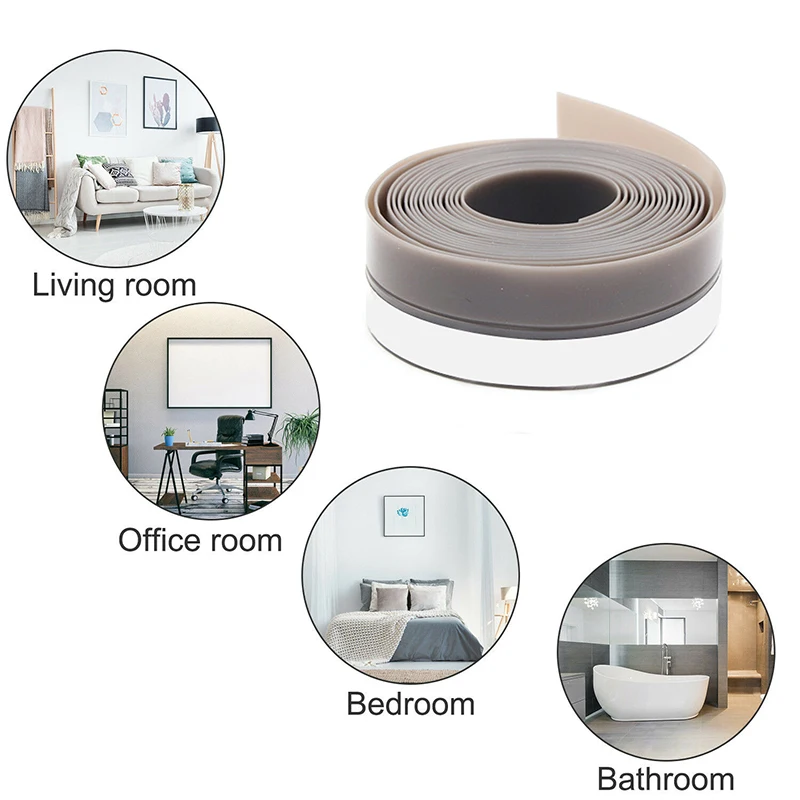Butyl Sealing Strip Manufacturing Companies and Their Innovative Solutions for Quality Assurance
Dec . 06, 2024 15:55 Back to list
Butyl Sealing Strip Manufacturing Companies and Their Innovative Solutions for Quality Assurance
The Significance of Butyl Sealing Strip Factories in Modern Manufacturing
In today’s fast-paced industrial environment, the demand for high-quality sealing solutions has surged, prompting the establishment of numerous butyl sealing strip factories across the globe. Butyl sealing strips, renowned for their exceptional adhesion, water resistance, and flexibility, play a crucial role in a wide array of applications, ranging from automotive to construction and packaging.
Understanding Butyl Sealing Strips
Butyl rubber is a synthetic rubber that is formed from the copolymerization of isobutylene and isoprene. This unique composition endows butyl sealing strips with remarkable properties that make them ideal for sealing applications. Their excellent impermeability to gases and moisture, coupled with their resilience in varying temperatures, makes butyl sealing strips a preferred choice for manufacturers seeking reliable sealing solutions.
These strips are used extensively in the automotive industry to seal windows, doors, and sunroofs, effectively preventing water and air leakage. In construction, butyl sealing strips are vital for roofing membranes and facades, ensuring buildings remain watertight and energy-efficient. Additionally, packaging industries utilize these strips to enhance product integrity and shelf-life by creating airtight seals.
The Role of Butyl Sealing Strip Factories
The operation of butyl sealing strip factories is pivotal in meeting the burgeoning demand for these essential products. These factories are equipped with advanced technology and state-of-the-art machinery that facilitate the efficient production of high-quality sealing strips. The manufacturing process involves several critical stages, including mixing raw materials, extrusion, curing, and quality control.
1. Raw Material Mixing The first stage involves carefully measuring and mixing the base polymer with additives that enhance the properties of the butyl rubber. This may include accelerators, fillers, and various chemicals to optimize adhesion and durability.
2. Extrusion The blended materials are then fed into extruders where they are shaped into strips of varying widths and thicknesses. This process allows for customization, ensuring that the sealing strips meet the specific requirements of different applications.
butyl sealing strip factories

3. Curing After extrusion, the strips undergo a curing process, which solidifies the rubber and enhances its properties. The curing time and temperature are closely monitored to ensure consistency and quality.
4. Quality Control Quality assurance is a fundamental component of the production process. Factories conduct rigorous testing on the finished products to ensure they meet industry standards. This includes tests for tensile strength, adhesion, and resistance to environmental factors.
Economic Impact and Sustainability
The proliferation of butyl sealing strip factories also has significant economic implications. These factories create jobs in manufacturing, research and development, and quality assurance, contributing to local and national economies. Furthermore, as industries increasingly recognize the importance of sustainable practices, many factories are adopting eco-friendly production methods. Decreasing waste, recycling materials, and utilizing renewable energy sources are becoming common practices in the industry.
Future Trends
Looking ahead, the butyl sealing strip market is poised for growth fueled by advancements in technology and materials science. Innovations such as enhanced formulations that provide improved performance under extreme conditions, as well as developments in automation, will likely streamline production processes and reduce costs. Furthermore, the rising trend of electric vehicles and energy-efficient construction will increase the demand for high-performance sealing solutions.
Conclusion
In summary, butyl sealing strip factories play a vital role in supplying essential products that enhance the performance and longevity of various applications across multiple industries. Their significance in ensuring airtight and watertight seals cannot be overstated. As the industries evolve and expand, these factories will continue to meet the growing demand for innovative sealing solutions, solidifying their place in the modern manufacturing landscape. With ongoing advancements and a commitment to sustainability, the future of butyl sealing strip production appears bright, promising continued growth and enhanced performance capabilities.
-
LED Neon Rope Light Outdoor Companies: Durable & Bright Solutions
NewsAug.27,2025
-
Premium Window Seal Strip Adhesive: Manufacturers & Suppliers
NewsAug.26,2025
-
Best Window Seal Strip Adhesive Companies: Strong, Durable Seals
NewsAug.25,2025
-
Karcher A2004 Wet & Dry Vacuum Filter: Premium Replacement Cartridge
NewsAug.24,2025
-
Premium Vacuum Filter for Karcher VC 4, VC 6, VC 7 & Tineco A10, A11
NewsAug.23,2025
-
Hi-Flo HF155 Oil Filter KTM 250 EXC Racing 03-06 | OEM 580.38.005.000
NewsAug.22,2025
